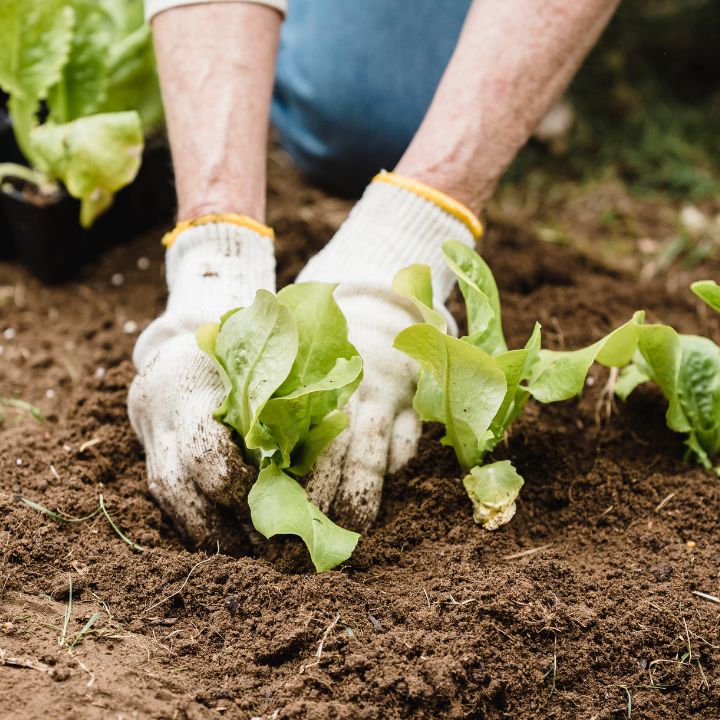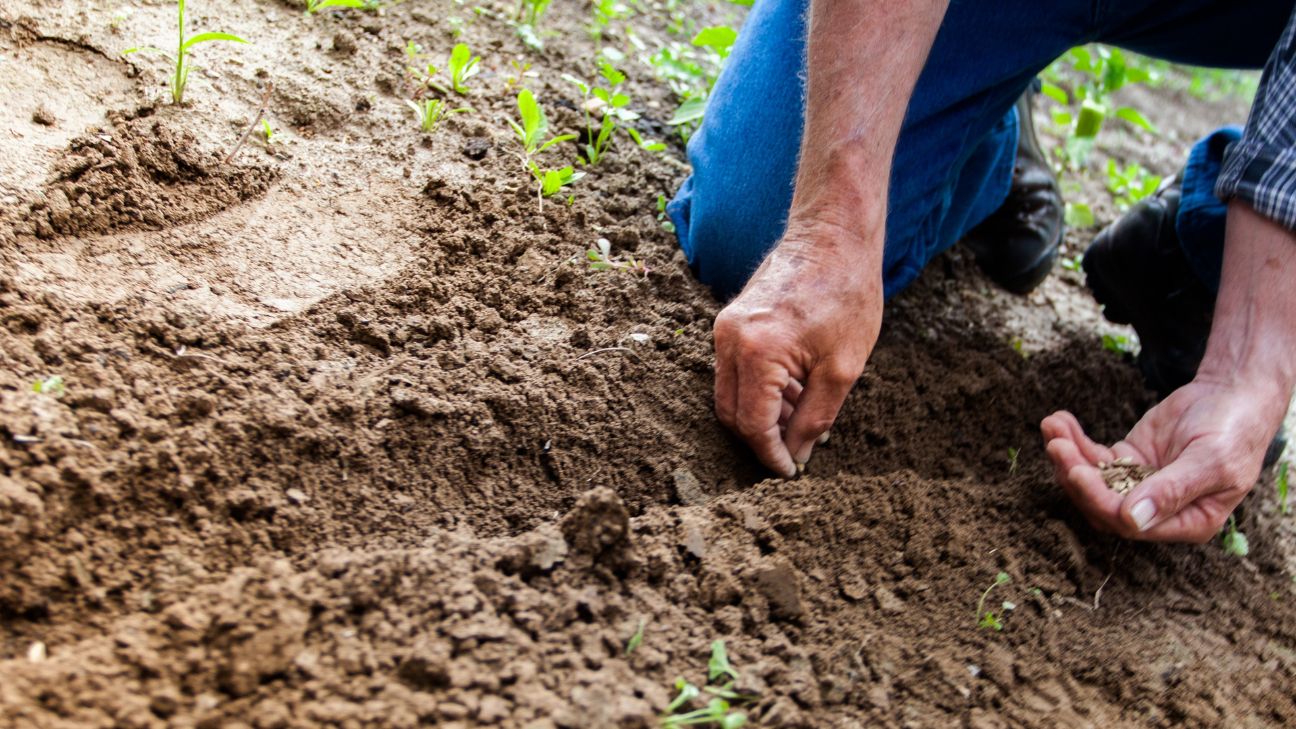Planting – Hardiness Zones Broken Down for the Best Planting Season
Know When Your Soil is at Its Optimal Planting Time
When getting into gardening one of the first questions you have is, what is the best time to plant? A garden is such a beautiful and rewarding extension of the home. Whether you prefer ornamental flowers and plants, or enjoy home-grown vegetables and fruits, there is a lot that goes into the planting and maintenance of a garden.
One of the most important factors of gardening is timing. It doesn’t matter how much you have invested, how much you fertilize, or how well you planned out your garden. If you plant anything at the wrong time, it has a very small chance of flourishing. To eliminate any guesswork, here are the ideal planting windows for each zone, along with a few tips for a successful garden.
What is a planting zone?
A planting zone will determine what is the best time to plant. A planting zone is a designation given to a region to help determine which plants can thrive in that area. When planning a garden, it’s always best to check each plant’s zone range to make sure it has a good chance of success in your region. Conveniently, seed distributors and plant nurseries usually label zones on seed packets and plants, but a quick internet search can clarify if you aren’t sure.

What is the best time to plant?
Planting windows by zone
Zone 1: Summer months. This zone has the shortest planting window, with last frost date as late as early June, and the first frost date as early as late August. For this zone, planting in the summer months is ideal.
Zone 2: Late May. The last frost for zone 2 comes in mid-May, with good planting weather until the beginning of September, when you can expect the first frost.
Zone 3: Late May. Like zone 2, you may get the last frost in mid-May, but the first frost comes a bit later in mid-September.
Zone 4: Mid-May. In zone 4, the last frost can occur in the second week of May, so a safe planting window would be mid-May. You can expect the first frost in late September.
Zone 5: Early May. The last frost for Zone 5 comes as late as April 30th, with the first frost occurring in mid-October.
Zone 6: Late April. If you live in this zone, your last freeze could come in the third week of April, with the first frost in mid-October.
Zone 7: Mid-April. You might see the last frost during the first week of April and expect the first frost in late October.
Zone 8: Early April. In Zone 8, you can expect the last frost at the end of March, with the first frost possibly in early November.
Zone 9: Early to mid-March: The last frost date for this zone is at the end of February, and the first frost comes in December.
Zones 10,11,12,13: these zones don’t freeze, but pay attention to the heat/drought hardiness of your plant.
Other things to consider when determining what is the best time to plant
Plus tips for a successful garden
- Check the soil condition. Your soil should be thawed, not overly saturated by melted snow or ice, and workable rather than compact.
- Monitor your soil temperature. The ideal minimum soil temperature for most plants is 65 degrees Fahrenheit, but there are several cold-hardy plants like leafy greens and root vegetables that can be planted in soil with a minimum temperature of 40 degrees Fahrenheit. Make sure to check your soil temperature at the coldest part of the day to make sure it doesn’t dip below minimum. With a soil thermometer, check the temperature in the early morning or at night.
- Check the soil pH and nutrient level. While you’re waiting for your planting window, you can have your soil analyzed. This way, you’ll have time to make any necessary amendments before you plant your garden. There are home test kits to use, and the testing lab will analyze the soil plus make recommendations to change the soil, you can also try DIY soil test kits.
- Consider starting seeds indoors. To make the most of your growing season, think about starting seeds indoors by a well-lit window or under a grow light. Herbs and several vegetables can be started from seed indoors for transplanting later.
Now that you know what is the best time to plant, plan out what to plant and where with companion planting.
Frequently Asked Questions About What is the Best Time to Plant
When is the best time to plant grass seeds?
The best time of year to seed grass is during the beginning of fall. The weather is cooling off, allowing dew to gather, while common weeds are dying, reducing any competition for resources.
Beware of birds eating all your seed during planting season.
When is the best time to plant hydrangeas?
First, which hardiness zone are you located in? Hydrangeas like to be planted in the fall to establish roots to bloom by spring. If you don’t make the fall planting, planting during early spring is the next best option. If you plant in fall, learn how to winterize hydrangeas so they survive until spring.
When is the best time to plant tulips?
Tulips like cold soil, so fall is the best time to plant tulips. More specifically, zones 3-5 should plant in September; zones 6-7 should plant in October; zones 8-9 should plant in December.
When is the best time to plant potatoes?
Check your soil temperature in spring, 40° is the optimal temperature to plant potatoes.
When is the best time to plant tomatoes?
Tomatoes are late summer bloomers. Tomatoes like warmth, so plant during late spring, or early summer at the latest. If you live in zones 10+ tomatoes are considered a winter crop, so plant in fall.
When is the best time to plant roses?
Roses are perennial plants, which means they need to be planted and establish their root system before the freeze. The best time to plant roses is after the frost in spring, or 6 weeks before the frost starts in your zone.
When is the best time to plant apple trees?
Temperature plays into when apple trees like to be planted as well. Cooler climates should plant apples trees in spring, while warmer climates should plant apple trees can be planted in either spring or fall.
When is the best time to plant flowers?
Once the frost subsides in your planting region you can start to plant flowers.
When is the best time to plant fruit trees?
Fruit trees prefer to be planted in early spring. This gives them enough time to establish roots prior to the winter season.
When is the best time to plant sunflowers?
Sunflowers like warm soil, so planting in late spring is when sunflowers tend to thrive when the soil is 60° to 70°F. The seeds will germinate between 70° to 85° F so the seeds should be planted before the soil will reach this temperature.
When is the best time to plant pumpkin seeds?
Pumpkins can take up to 120 days to mature. To make sure you have some good pumpkins come fall, pant seeds in May to June.

